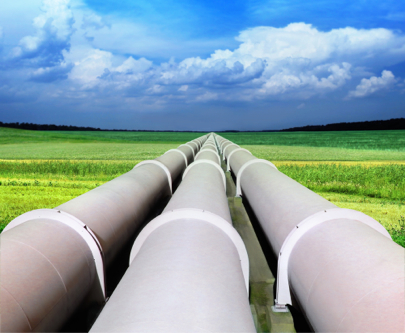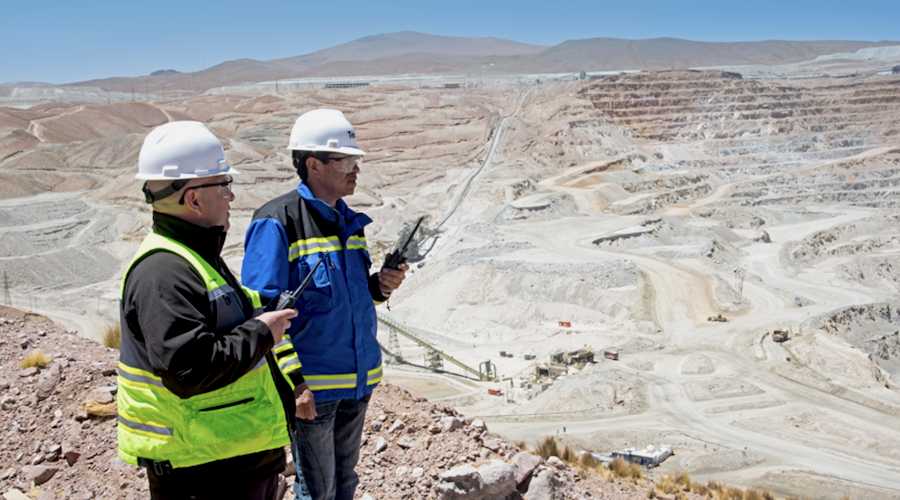Two new pipelines to compete with Keystone XL

U.S.-based Enterprise Products Partners LP (NYSE:EPD) and Canadian Enbridge Inc. (NYSE/TSX:ENB) are shaping up as the main competitors for TransCanada Corp’s Keystone XL, as the two companies announced they will build new pipelines that will move as much as 850,000 barrels of crude oil a day from Canada to refineries along the Gulf Coast by mid-2014.
One of the projects is the expansion of the Seaway Pipeline, which will add 450,000 barrels per day to its existing capacity.
The other one is the extension of Enbridge’s Flanagan South Project, which will add incremental capacity for shippers seeking transportation from Flanagan, Illinois, to the U.S. Gulf Coast, utilizing a portion of capacity on the reversed Seaway Pipeline System.
The two separate projects will compete with the 830,000 barrel a day Keystone XL, rejected in January by the U.S. government, which caved to pressure from environmental groups. It later flipped and announced that it will, in fact, fast-track the approval of the southern half of the same pipeline.
Enbridge and Enterprise already operate the Seaway Pipeline, which used to move 400,000 barrels of oil north—from Freeport, Texas, near Houston, to the massive oil storage hub in Cushing, Oklahoma. But late last year, the companies announced they would reverse the flow of Seaway due to Canadian oil sands and U.S. oil production creating a surplus at that spot. A reversed Seaway will initially be able to carry 150,000 barrels per day by the second quarter of 2012. Following additional pump stations and modifications, capacity will increase to 400,000 barrels per day by early 2013.
Enbridge said it would also start working on a pipeline to move oil from its existing Flanagan, Ill., pipeline hub to Cushing. The duct, to run alongside an existing pipe, will have an initial capacity of 585,000 barrels per day.
Canada exports 2 million barrels of oil per day to the U.S. and almost all of it ends up at Cushing – the pricing point for US crude – where inventories have been piling up and refining capacity is limited.
Alberta production is set to more than double to 3.7 million barrels by 2025 out of a total of 4.7 million. Production in the U.S., particularly from the Bakken basin in North Dakota, will see the country ramp up current output of 7.8 million barrels/day to 10.9 million barrels over the next few years.
{{ commodity.name }}
{{ post.title }}
{{ post.date }}

Comments